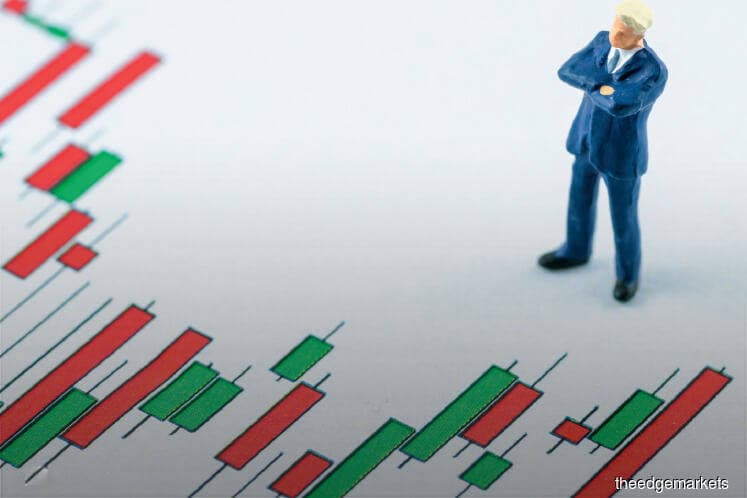
This article first appeared in The Edge Malaysia Weekly on July 16, 2018 - July 22, 2018
THE outcome of the Monetary Policy Committee (MPC) meeting last week came as no surprise. As expected, Bank Negara Malaysia left the overnight policy rate (OPR) unchanged at 3.25%.
However, economists noted a more dovish tone on inflation this time around as the central bank is expecting inflation this year to come in lower than had been anticipated earlier. This comes following the impact of recent policy measures such as zero rating the Goods and Services Tax and fixing the prices of RON95 and diesel, says CIMB Research in a July 12 report.
As a result of these measures, Bank Negara said in its MPC statement that it expects headline inflation to turn negative in some months and to remain low for the first half of 2019 before trending upwards. Nevertheless, the central bank says this foreseen impact on inflation is only transitory.
“Core inflation is nevertheless expected to remain relatively stable in line with sustained domestic demand,” the central bank said.
Negative inflation implies deflation, which is a decline in the general price level of goods and services, as measured by the Consumer Price Index (CPI).
While a general decline in the prices of goods and services is usually caused by a decline in money supply, credit or a drop in consumer spending, the situation seems to be different for Malaysia.
“The expected negative domestic inflation for some months ahead does not reflect deflationary pressures in the economy. It will be largely distorted by the high base inflation in 2017, especially for retail fuel prices in the transport category. In addition, it is not a deflation across-the-board as other components are expected to show price increases,” says Socioeconomic Research Centre executive director Lee Heng Guie.
Lee adds that headline inflation this year has been subdued so far, on the back of the stabilisation of fuel prices despite high crude oil prices and the removal of the GST rate for three months.
The last time Malaysia saw inflation in negative territory was in 2009, when it fell to -1.4% in June and dipped further to -2.4% in July. Inflation stayed in the negative region until November that year.
Bank Negara said in its 2009 annual report that it was mostly a statistical development resulting from a high base inflation in 2008 and that there was no indication of deflationary pressure on the economy.
Due to the transitory nature, the negative inflation the country will see for some months this year is not expected to give rise to any negative implications for the economy.
In fact, an economist with a local research firm points out that real wage growth will likely be higher than average for 2018 and 2019 as real wages are adjusted for inflation.
Deflation will only become a worry if deflationary pressure is significant and persistent when people postpone spending in anticipation of cheaper prices, says Lee.
“This leads to lower demand for goods and pushes prices lower — and a vicious cycle develops,” says Lee.
While inflation is expected to be subdued this year, the central bank maintains that economic growth will continue on a steady growth path, driven by domestic and external demand. It adds that the growth outlook will be further supported with greater certainty in domestic policies in the coming months.
“Private consumption will be underpinned by continued wage and employment growth, with an additional lift from higher household spending due to the tax holiday.
“Investment activity is projected to be supported by capacity expansion, mainly in the export-oriented industries and ongoing infrastructure projects, particularly in the transport and utilities sub-sectors. The external sector will continue to benefit from the sustained global growth momentum,” says Bank Negara.
Save by subscribing to us for your print and/or digital copy.
P/S: The Edge is also available on Apple's AppStore and Androids' Google Play.